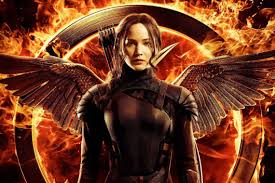How many titles are displayed during the opening sequences to the film?
In the opening sequences of the film there are sixteen titles displayed witching the first two minutes.
What images are prioritized in the opening sequence?
The main image prioritized in the opening sequence would be the kind of fluid-filled womb, with the titles coming up on the inner walls. The walls appear to be made of different types of organic matter – mammalian, reptilian, some even plant- a thick field of particles are also focused on.
What connotations do the images carry?
These images of the title sequence connote that the film will have something to do with laboratory events. They set the tone and familiarize the audience with its possible own brand of genetic coding.
How is genre reinforced through symbolic and technical codes from the outset?
The genre is reinforced through symbolic and technical codes by showing aspects of what the movie may consist of as part of the genre such as cells of organisms, and possible mutants. Through these it is foreshadowed that laboratories will play a major role as the setting of the film, a common setting in this genre of film.
How does the film establish an enigma from the outset?
The outset from the film establishes enigma by displaying different mysterious images such as the cells and muscles all within what seems to be an amniotic sac of some sort. It creates the suspense of what the movie may have to do with genetics and possible mutants.
What strategies are used to ensure the film appeals to it's target audience?
Some strategies used to ensure the film's appeal to the target audience are the use of different back ground designs and sounds. The score is mysterious and suspenseful. This music that goes along with the eery images portrayed help to draw the audience in due to their curiosity of the possible plot. The combined aspect of the sound and images put together creates for the audience to want to keep watching to figure out what happens.
How has technology been used effectively? You want to consider camera angles, transitions, and editing techniques.
The technology in the outset has been used very effectively. Regardless of the slight animation of the opening scene, there were high, low, and dutch angles that helped show the different variables that tie into the main motion picture. The transitions were smooth and editing techniques were also used very effectively, from the use of fade in/outs and wipes that jumped from one part of the amniotic sack to another as it flowed around the inside of it.







